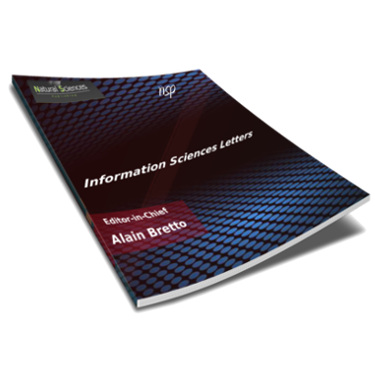
Information Sciences Letters
Abstract
The novel coronavirus that triggered the COVID-19 outburst is still active around the globe. By now, COVID- 19 has affected practically every facet of progress, most importantly, it has shaken the healthcare system like never before. At its peak, it forced Governments throughout the world into lockdowns to limit the reach of the epidemic. Based on early advisories of the World Health Organization (WHO), the only method of safeguarding oneself from being infected was to wear a face mask. Even today, with fewer cases being reported, masking oneself remains the single most effective and cheap means of prevention. As urban areas continue to grow, effective city management is essential for mitigating the increase of the deadly COVID-19 disease. The success of smart cities depends on significant upgrades to public transportation, highways, companies, homes, and municipal streets. There is room for improvement in the public bus transportation system now in place, and one of those improvements would be to use artificial intelligence. To determine if the person is wearing a face mask, you need an autonomous mask detection and alert system. Therefore, this study introduced a deep learning-based design that combines the attention-based generative adversarial network (ABGAN) with the multi-objective interactive honeybee mating optimization (MOIHBMO) approach to create an automated face mask recognition system. A set of 1386 images has been used to create a real-time dataset. This database contains 690 pictures without face masks and 686 images with them. The suggested algorithm ABGAN-MOIHBMO is compared to other traditional methods for detection of face masks, such as DL, AI, and DNN. The performance indicators used are error rate, inference speed, precision, recall, accuracy, and over fitting assessments. The results demonstrate that the proposed ABGAN-MOIHBMO outperforms the existing methodologies. It provides 96% of precision, 86% of recall, 93% for the f1 score, which are higher/better than the other, traditional methods. The error rate in ABGAN-MOIHBMO is a low 1.1%, which is lower other approaches. To predict and underline the significance of face mask use, the face mask detection technique may be employed in the future at Saudi airports, shopping centers, and other congested locations. On a larger platform, our research will be an effective instrument in helping many nations throughout the globe combat the rapid spread of this contagious illness.
Recommended Citation
S. I. Alsalamah, M.
(2023)
"Automatic Face Mask Identification in Saudi Smart Cities: Using Technology to Prevent the Spread of COVID-19,"
Information Sciences Letters: Vol. 12
:
Iss.
6
, PP -.
Available at:
https://digitalcommons.aaru.edu.jo/isl/vol12/iss6/17

